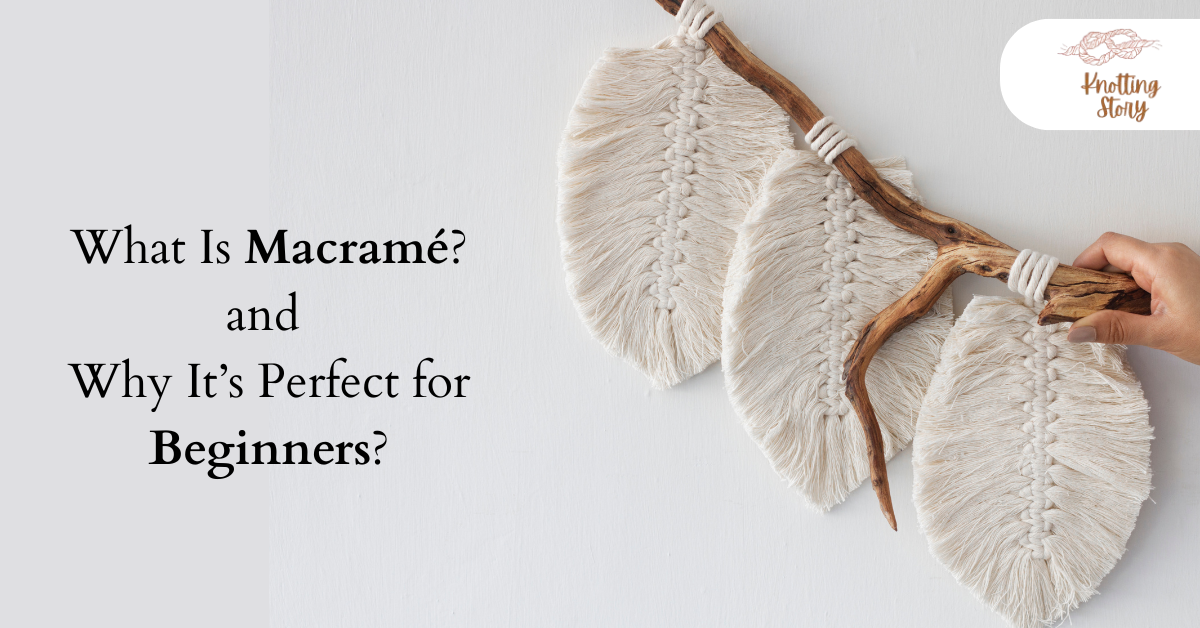Macramé 101: What Is Macramé and Why It’s Perfect for Beginners
What Is Macramé?
Macramé is the art of creating decorative patterns by knotting cords together in various combinations. Unlike weaving or knitting, it doesn’t require needles or hooks—just your hands and a bit of creativity. Rooted in ancient cultures, macramé has evolved from a utilitarian knotting technique into a popular craft for handmade home décor, accessories, and wearable art. Its versatility also makes it a great source of unique macrame gift ideas, perfect for adding a personal touch to any occasion.
Whether you’re crafting a plant hanger, wall hanging, or friendship bracelet, macramé is all about structure, texture, and personal expression.
A Brief History of Macramé
Macramé’s origins trace back to the 13th century, where Arabic weavers used decorative knots to finish the edges of hand-loomed fabrics. The technique spread to Europe through trade, especially in Spain and Italy. Over time, sailors used it aboard ships to pass time and decorate everything from bottles to hammocks, bringing it across continents. Today, this timeless craft lives on in many forms, from wall hangings to the Macrame friendship band, blending tradition with modern creativity.
The 1970s saw a huge resurgence in macramé during the bohemian movement, and today, it’s back in style with a more minimalist, eco-conscious aesthetic.
Why Macramé Is Great for Beginners
- No Complicated Tools Needed: You don’t need a fancy setup to begin—just cord and scissors. You can even start with household items like clothes hangers or curtain rods.
- It’s Meditative and Mindful: The repetitive motions of knotting can have a calming, almost meditative effect. Many people find that working on macramé projects helps reduce anxiety and stress, offering a creative break from digital distractions.
- Quick Progress, Visible Results: Unlike some crafts that take weeks to show progress, macramé projects (especially smaller ones) can be completed within hours. That instant gratification keeps motivation high.
- Endless Creativity: Once you learn the basic knots, the possibilities open up: wall décor, accessories, earrings, coasters, keychains, and even fashion elements like belts or bag straps.
Basic Materials to Get Started
Here’s a simple starter kit for any macramé beginner:
- Macramé cord: Choose cotton rope (3-6mm) for flexibility and strength.
- Scissors: Sharp enough to cleanly cut thick rope.
- Support: A wooden dowel, metal ring, or stick for anchoring your project.
- Measuring tape: To cut accurate cord lengths.
- Comb (optional): To fray and style ends.
Start with natural, neutral-colored cords—they’re forgiving and perfect for practicing knots.
Introduction to Common Macramé Knots
Here are the four knots every beginner should learn:
- Lark’s Head Knot – used to attach your cord to a dowel or ring
- Square Knot – versatile and the foundation for most patterns
- Spiral Knot – a twisty variation that adds visual interest
- Double Half Hitch – essential for creating curves and outlines
Once you master these, you’ll be able to build everything from plant holders to intricate wall hangings.
Conclusion: Begin Your Macramé Journey with Knotting Story
Macramé is more than just a craft—it’s a way to relax, express your style, and bring handmade beauty into everyday spaces. With just a few materials and a little practice, you can turn simple cords into something truly meaningful.
Ready to get started? Browse handcrafted inspiration, tutorials, and eco-friendly macramé accessories at Knotting Story, your companion in every knot and twist.
Princy Jain is a dedicated macramé artist and the founder of Knotting Story. Her work blends creativity with mindfulness, reflecting a deep appreciation for handcrafted art. Specializing in everything from elegant wall hangings to intricate jewelry, Princy uses macramé as a medium to help people express emotions and create meaningful connections. For her, macramé is more than an art form. It is a way to celebrate relationships, evoke emotion, and bring beauty into everyday life.
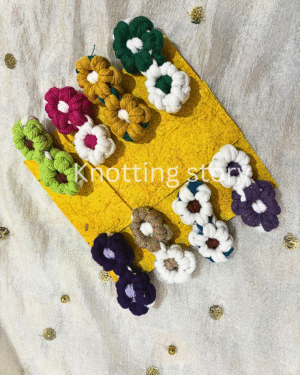 Macrame Daisy Hair Clips
Macrame Daisy Hair Clips 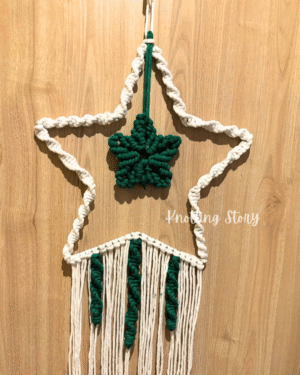 Star Wall Hanging
Star Wall Hanging 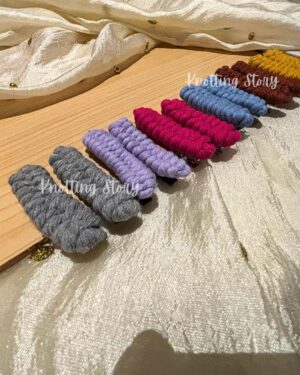 Macrame Alligator Hair Clips
Macrame Alligator Hair Clips 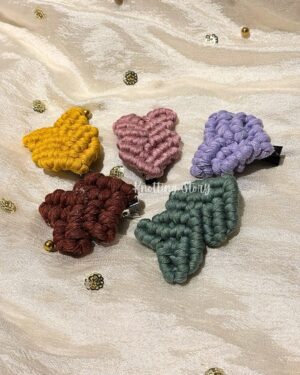 Macrame Heart Hair Clips
Macrame Heart Hair Clips 